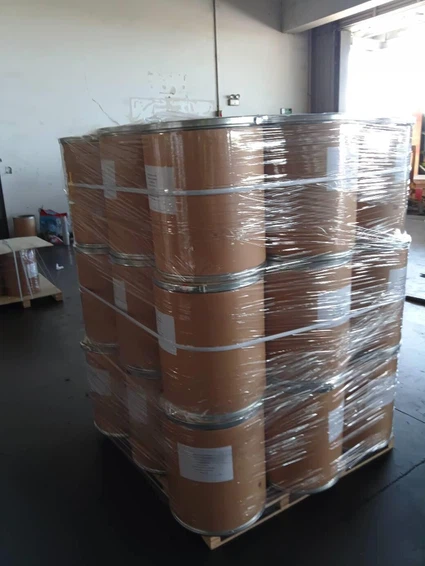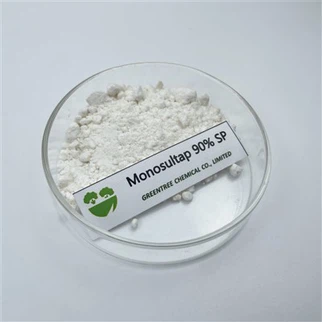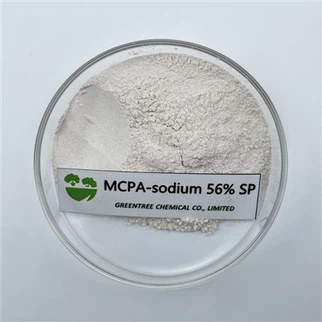
Imidacloprid is mainly used to control various aphids, leafhoppers, thrips, planthoppers, yellow-striped flea beetles, eggplant twenty-eight-spotted ladybirds, rice weevils, rice borers, rice mudworms, grubs, cutworms, mole crickets and other pests, and has a good control effect.
1. Broad insecticide spectrum: Imidacloprid can not only be used to control common piercing-sucking pests such as aphids, planthoppers, thrips, leafhoppers, but also can be used to control yellow-striped flea beetles, eggplant twenty-eight-spotted ladybirds, rice weevils, rice borers, rice mudworms, grubs and other pests, and has a good control effect.
2. Long lasting effect: Imidacloprid has good stability in plants and soil. It can be used for seed dressing and soil treatment. The lasting effect can reach 90 days, and most often 120 days. It is the insecticide with the longest lasting effect among new insecticides, which greatly reduces the number of spraying and labor intensity.
3. Diverse usage: Imidacloprid has good systemic conductivity and can be used not only for spraying, but also for seed dressing, soil treatment and other uses. Appropriate usage methods can be used according to needs.
4. No cross-resistance: Imidacloprid has no cross-resistance with traditional organophosphorus insecticides, pyrethroid insecticides, carbamate insecticides, etc., and is the best insecticide to replace traditional insecticides.
5. High efficiency and low toxicity: Although imidacloprid has good rapid effect and long lasting effect, its toxicity is very low and it has little pollution to soil and water sources. The residual time in agricultural products is very short. It is a highly effective and low-toxic insecticide.











